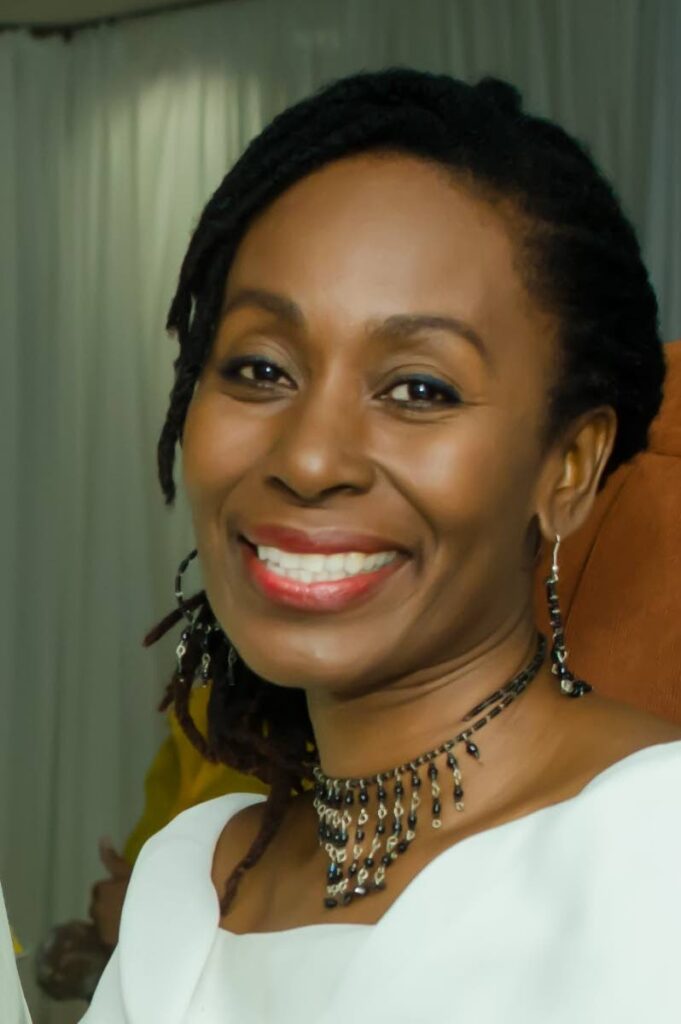The womb of our culture

Culture Matters
DARA E HEALY
The people from Cantaro gossiped in patois and the men from Bourg Mulatresse played quatros…there were shouters and shango and Chinee whe-whe and (beyond the railway tracks) in Aranguez and El Socorro were the mysterious Indian villagers with their drums, their dancing and Hosein…Among the various sideplays of Hosay was the Ghadka, a stylised stickfight in the oriental manner, and jaroo, a dance of brooms…performed by some 40 men in a great circle, swishing brooms of spilt bamboo and singing a lively village air.
– Carlise Chang, An Ashram at my Door
I CAN only imagine the cultural ferment of the years leading up to 1962. Oh, what a time that must have been. From Sparrow and Kitchener, to Beryl McBurnie, Ellie Mannette and Invaders' steelpan. From Miles and Coltrane to Lamming and Naipaul. From Claudia Jones to Anthony Williams and from George Padmore to Ulric Cross and CLR James. The world was changing and TT nationals in the creative, literary and intellectual spheres were some of the most powerful forces behind the global shifts.
Between the 1950s and 1962, anti-colonial sentiment was creative as much as it was political. Locally, some artists began to move away from British or European interpretations of culture, finding their groundings in African, East Indian and folk traditions of storytelling, movement, dance and costuming. Research was key in this period, spurred by historians and academics such as Dr JD Elder and Andrew Carr.
Even the Carnival was changing, as commercial interests, prize money and queen competitions slowly dominated. From the 1800s, efforts to “rein in” the more community-oriented and organic aspects of Carnival never really stopped. It was believed that financial rewards and business-centred structures would serve to achieve the goal of taming Carnival.
In 1957, the Mighty Sparrow sounded a warning about these methods when he refused to perform in the Savannah, protesting the inequitable manner in which prizes were allocated.
“I intend to keep all my costume on the shelf/Let them keep the prizes in the Savannah for they own self/Let the Queen (of Carnival) run the show/Without steelband and calypso/Who want to go can go up dey/But me ain’t going no way.”
A large part of the agitation against the calypso competition was the overtly racist nature of the Carnival Queen competition. It favoured girls who fitted western beauty standards. Extravagant prizes were awarded in this competition, unlike the relatively meagre rewards given to the foundation art forms such as calypso and pan.
The disparity led some calypsonians to make a link between skin colour, race, respect and remuneration.
Lord Superior commented, “They doesn’t send the King Calypso/As far as Tobago/But the Queen and her family/Goes to New York City/…This time they send she Stalingrad/And she can’t whistle to represent Trinidad.”
Interestingly, these and other confrontations occurred the year before the formation of the West Indies Federation. Carlisle Chang gained recognition as the artist who designed the federation’s coat of arms. Regrettably, the union did not survive. We will explore this some more next week, as the details are, well, more complicated than you might think.
As TT pushed ahead to gain its independence from Britain, Chang was asked to design the TT coat of arms. He was also part of the committee responsible for designing our flag and, in 1961, created the fascinating mural The Inherent Dignity of Man for display at Piarco Airport.
In contemplating nationhood, Chang was always intrigued by the intertwining nature of cultures in TT and the potential for this mixing to elevate us. These ideas burst forth in the Piarco mural, where he created a story culminating with an indigenous figure who looks to the sky after being reborn from the womb.
Chang’s beautiful mural was destroyed to facilitate renovations at the airport; some say causing him to stop creating for 25 years. Auntie Beryl’s home was demolished. There are so many other culturally iconic spaces that have been torn down or neglected – George Padmore's, Henry Sylvestre-Williams's...
Meanwhile, Britain, with the passing of Queen Elizabeth II, faces the end of an era and the beginning of a new phase.
As TT matures, I hope we are over our destructive phase; that we understand the price of progress must be measured differently. I hope now we realise that we may only move forward by seeking the answers from the source, from the womb of our culture.
Dara E Healy is a performance artist, communications specialist and founder of the NGO the Indigenous Creative Arts Network – ICAN


Comments
"The womb of our culture"